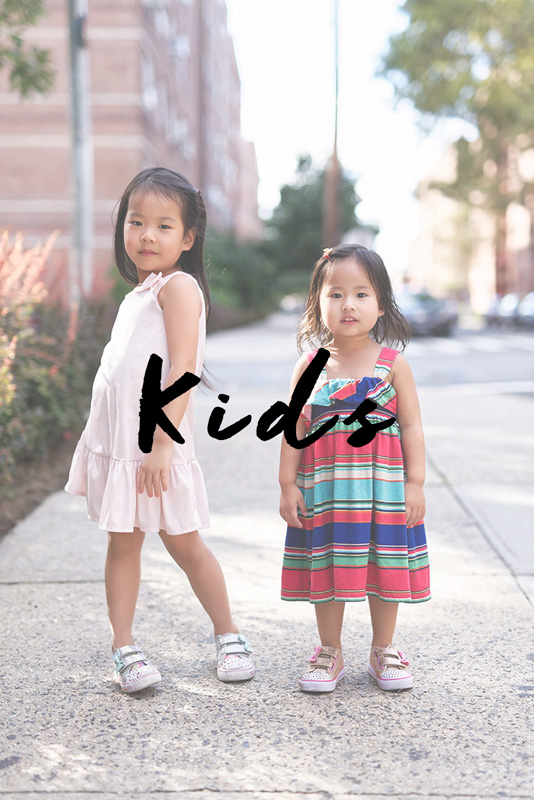This May Be Why Your Kids Don’t Act Grateful
/Have you ever thought your kids could be a little more grateful? You’re not the only one. With Thanksgiving around the corner, it has me thinking about how to raise my daughters to be grateful people. Of course, I encourage them to say thank you, but I’ve come to find there is a big difference between teaching them to simply say those words and actually being grateful. When doing some research, I discovered that there is a clear reason why our kids don’t act grateful - we don’t teach them.
You Haven’t Taught the 4 Parts of Gratitude
According to Greater Good Magazine, “Research suggests that the experience of gratitude has four parts, but we rarely teach all of them to our kids.” The majority of parents focus solely on what children DO to show gratitude (i.e., saying “thank you”). However, there are three other parts of gratitude that should come into play before we actually show gratitude.
Here is an explanation from the Raising Grateful Kids project at UNC Chapel Hill.
Based on the scientific literature and our conversations with parents, we’ve come to think about gratitude as an experience that has four parts:
What we NOTICE in our lives for which we can be grateful
How we THINK about why we have been given those things
How we FEEL about the things we have been given
What we DO to express appreciation in turn
In order for kids to learn to be grateful, they have to work their way through these four parts. But, most parents tend to stick to part number four: what we do to express appreciation (say, “thank you”).
Put It Into Practice
Fortunately, once you understand that there are four parts to gratitude, it is easier to teach your children gratitude.
NOTICE – Start by helping your kids notice the things in their life they are grateful for beyond a gift, such as being grateful for the person who gave it to them being in their life.
THINK – Move on to helping your kid think about the gift. Greater Good recommends the following questions: “Why do you think you received this gift? Do you think you owe the giver something in return? Do you think you earned the gift because of something you did yourself? Do you think the gift was something the giver had to give you? If you answered no to these questions, then you may be more likely to be grateful.”
FEEL – Ask your kid how the gift makes your child feel (such as happy) and what about the gift makes them feel this way.
DO – What can you DO to show appreciation for this gift? Greater Good explains, “Prompting children after experiences of gratitude in order to motivate acts of gratitude, whether they be acts of appreciation or paying it forward, may help children connect their experiences and actions in the world.”
Model the Four Parts of Gratitude for Your Kids
Ultimately, the best way to teach your kids gratitude is to act grateful yourself. Let’s say a stranger ahead of you in line buys your Starbucks.
NOTICE – Wow! I am so grateful that there are kind people in the world like that nice man.
THINK – I didn’t even do anything for him to pay for my drink. What a kind gesture! Hmmm, maybe I should do something kind in return.
FEEL – That small gift from a stranger made me feel so good inside.
DO – Thank the stranger and then pay it forward and buy the person behind you a coffee.











